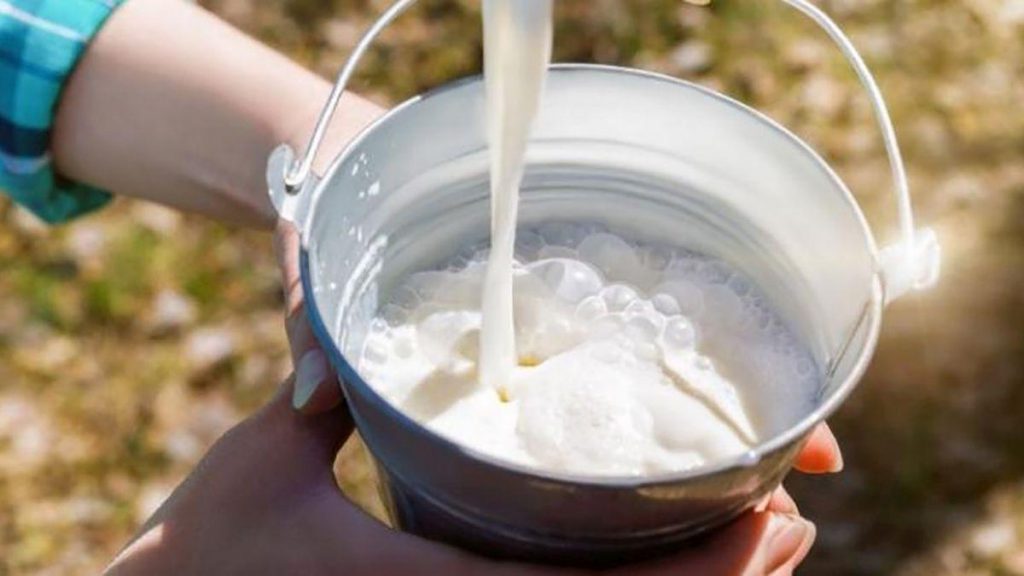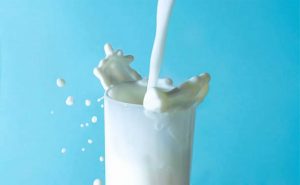Mr Roderick, who operates Roderick Dairy on the Harrisville property Tredegar with his wife Linda and parents David and Gwen, is a long-term supplier of Parmalat.
In addition to drought proofing the farm by increasing water use efficiency and improving storages, Roderick Dairy is fine-tuning its feed management system with the construction of a new commodity shed, and measuring the farm’s carbon outputs to identify where the farm’s performance can be improved.
“The dairy industry is still a great and essential industry, despite what the supermarkets have done,” Mr Roderick said.
“The real shame is the industry now lacks confidence and is generally not investing in the technologies needed to improve efficiencies.
“It’s this investment in technology that is needed to keep the industry moving forward and to ensure confidence.”
Mr Roderick said he was also impressed by the initial work carried out by Alltech E-CO2 to identify the carbon footprint of the farm and, more importantly, where and how carbon emissions could be reduced.
“It’s important to know because wherever emissions can be reduced, there is likely to be a corresponding increase in the productivity of the cows,” he said.
Animal welfare
Part of the productivity drive has also been to ensure that the calves are not subject to any setbacks because of routine husbandry practices such as hot iron debudding.
“The more you know about setbacks, the more you realise the major cost they are to a livestock business,” Mr Roderick said.
“These calves are the future of the whole farm. The $20 we spend now is only a small fraction of their whole of life cost.”
The calves are processed in batches of 10-15 by supervised vet students from UQ Gatton, who use nerve blockers and other veterinary treatments.
“It’s great the students get the practical experience, and to see the calves get this gold standard of care,” he said.
Efficiency drivers
AS part of a never-ending search for efficiencies, the Roderick family is trialing milking their cow herd three times a day over the spring period.
The objective is to determine if the practice benefits the business overall, when there is peak demand for northern milk.
About half of the 240 hectare farm is able to be irrigated.
The herd is milked through a 14-a-side, double-up dairy and fed on both a covered feed pad and pastures.
The herd is divided into two: a fresh herd, which generally makes up about a third of the cows in milk, and a second herd, which is generally the cows after 60 days.
The cows are inseminated with sexed semen, which produces about 95 per cent heifers.













